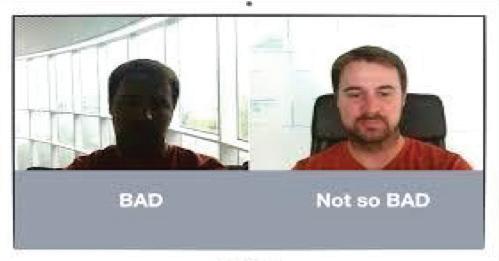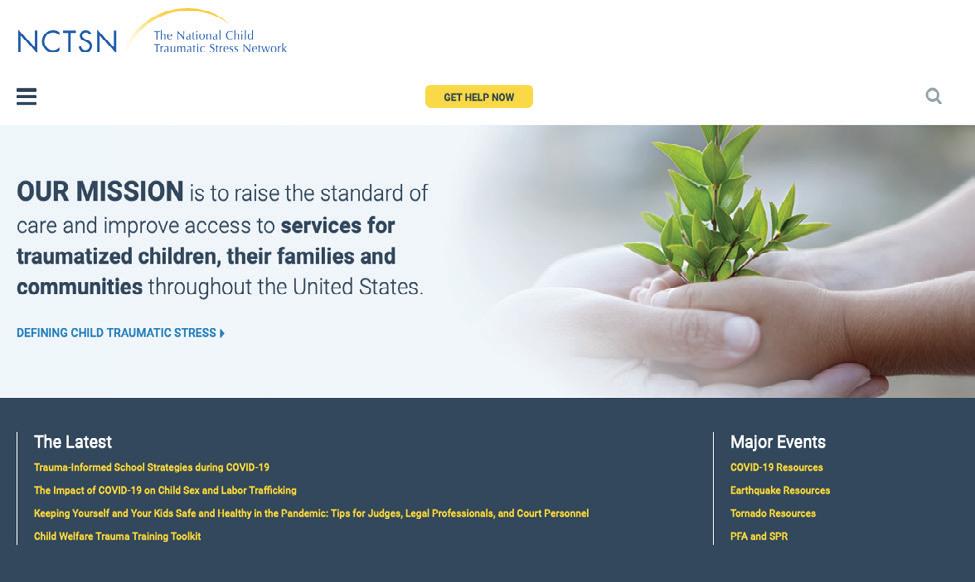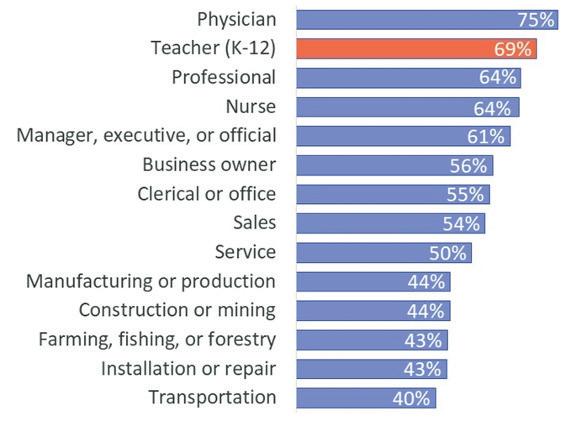Dr. Rebecca Faber Senior Career Advisor (retired), University of Nebraska-Lincoln
M
ake sure that the job that you are applying for requires a cover letter. As more schools move toward electronic applications, many schools (especially large ones) no longer request cover letters. Some districts say that the cover letter is optional. A cover letter (or letter of application) is your chance to make a good first impression with potential employers as well as to show that you have effective communication skills. A strong cover letter prompts the reader to want to look at your resume. A weak cover letter (either in content or in grammar) may keep an employer from looking at your resume or considering you for a teaching position. A cover letter can generally be written in three paragraphs and limited to one page. This letter will be sent to the potential employer with the resume, so there should be strong coordination between the two. There is no one rigid formula for writing a good cover letter, but here are some suggestions:
Paragraph #1—Basic essential information ü
State the position you are applying for.
ü
Note how you came to know about the position, such as seeing it listed online or in a newspaper ad. If you heard about it from another person (such as a teacher in that school system or your supervising teacher), note the name of the person who told you of the opening.
ü
Make a specific statement of your qualifications—your degree/ certification received or to be received with endorsements named. This statement in the first paragraph allows the reader to discard applicants who are not qualified for the position before continuing to read further.
Paragraph #2—“Tell and sell” ü ü
Note your current position or student teaching experience. Mention a specific element of your student teaching that would set you apart from other applicants (for example, initiating an after-school peer tutoring program in math, extended use of technology, or establishing an in-school history project).
ü
Set yourself apart as a unique candidate. Match yourself to the job--show them why they should be interested in you. Emphasize unique skills, experience, or education. For example, you might mention a study abroad experience if you are applying for a foreign language or geography position, volunteer work with Habitat for Humanity if you are applying for an Industrial Technology position, or experience on a school newspaper if you are applying for an English position.
ü
Coordinate the letter with the resume. Refer to your enclosed resume. Let the reader see that you are an educator, not just a person in a classroom.
ü
You should not send the same letter to every district.
DO: ü
Take the time to be organized. Plan and draft how you will present your information.
ü
Know something about the schools where you are applying. Visit web sites to gain specific information pertinent to the positions you are applying for. Find timely information such as school bond issues, an award-winning speech team, or a local student who has won the regional spelling bee. This information may be helpful in an interview, showing that you know about the district.
ü
Address your letter to a specific person--use appropriate titles, such as Dr., Ms., Mr.
ü
Use standard letter format. If you don’t know what that is, find a good sourcebook.
ü
Format: Side margins can be ¾” to 1”. Top and bottom margins should be 1”.
ü
Vary your letter from school to school although the variation might be minimal. Remember that each school/job is unique. Do not submit exactly the same letter for each job. Recruiters can tell!
ü
Read the job ad carefully to see exactly what should be submitted and how it is to be sent—electronically or by U.S. mail.
ü
Ask someone whom you trust to read each draft of your letter and give you feedback.
ü
EDIT—EDIT—EDIT!!! Your letter must be perfect.
ü
Send the letter within a reasonable time after you have seen the job advertisement.
Resumes, Cover Letters, References, and Applications
Writing an Effective Cover Letter
AVOID: ü
Beginning your letter with “My name is….”
ü
Asking rhetorical questions, such as “Do you know why I would be an asset to your teaching staff?”
ü
Repeating your entire resume. Highlight no more than 3 to 5 key points.
Paragraph #3—The graceful exit ü
State that your resume is enclosed and that it contains your contact information.
ü
Note that you are supplying other application materials as requested. If you don’t have all of your reference letters ready, say that you will send them as quickly as possible--and then follow through.
ü
Express a willingness to complete further application materials, if needed.
ü
Politely express your willingness to meet for an interview at the person’s convenience.
ü
DO NOT say that you will be calling them to set up an interview.
35 American Association for Employment in Education































